Reading
Intent
‘The more that you read, the more things that you will know. The more that you learn the more places you will go!’
Dr. Seuss
At Bader Primary, our aim is to enable children to develop an appreciation and love of reading. It is our aspiration that when children leave Bader, they are able to read fluently, and with confidence, in any subject in their forthcoming secondary education and wider life. We value language development and understand that it is every child’s right to have access to a high quality education that meets their needs. Our aim is that all pupils experience reading widely across both fiction and non-fiction genres, building their cultural capital by developing their knowledge of themselves and the world in which they live.
Implementation
At Bader Primary the teaching of reading begins in EYFS through the introduction of phonics which is outlined earlier in this policy. Reading and phonics are heavily intertwined and at Bader we recognise this through our adoption and understanding of the ‘Reading Rope’ (Scarborough, H.S. 2001).
Reading occurs daily across KS1. This takes the form of five thirty minute lessons each day. In KS1 children take part in more formal reading lessons and are introduced to the VIPERS reading comprehension strategy.
VIPERS stands for:
Vocabulary
Inference
Prediction
Explain
Retrieve
Sequence
VIPERS is a helpful mnemonic which aids in the retention of the key reading content domains as defined in the national curriculum. For KS1 these are:
- 1a draw on knowledge of vocabulary to understand texts
- 1b identify / explain key aspects of fiction and non-fiction texts, such as characters, events, titles and information
- 1c identify and explain the sequence of events in texts
- 1d make inferences from the text
- 1e predict what might happen on the basis of what has been read so far
In KS2 reading is also taught for thirty minutes daily and uses the same VIPERS mnemonic, with the caveat of the ‘S’ for Sequence in KS1 being changed to ‘S’ for Summarise in KS2. By continuing to use the VIPERS mnemonic in reading at KS2, children receive continuity and are able to meet the content domains for reading as defined in the national curriculum:
- 2a give / explain the meaning of words in context
- 2b retrieve and record information / identify key details from fiction and non-fiction
- 2c summarise main ideas from more than one paragraph
- 2d make inferences from the text / explain and justify inferences with evidence from the text
- 2e predict what might happen from details stated and implied
- 2f identify / explain how information / narrative content is related and contributes to meaning as a whole
- 2g identify / explain how meaning is enhanced through choice of words and phrases
- 2h make comparisons within the text
Impact
The impact of our reading curriculum is evaluated through:
- Analysis of children’s achievement within daily phonics lessons
- Analysis of statutory assessment outcomes for phonics annually
- Analysis of phonics outcomes termly and subsequent data generated
- Analysis of daily reading comprehension sessions
- Analysis of termly assessments for reading comprehension
- Outcomes of statutory reading assessments completed in Years 2 & 6
Through the teaching of systematic phonics, our aim is for children to become fluent readers by the end of Key Stage One. This way, children can focus on developing their fluency and comprehension as they move through the school. Attainment in reading is measured using the statutory assessments at the end of Key Stage One and Two. These results are measured against the reading attainment of children nationally.
In addition to this our impact will be measurable through:
- Parents and carers having a good understanding of how they can support reading at home, and contribute regularly to home-school records.
- The % of pupils working at age related expectations and above age related expectations within each year group will be at least in line with national averages and will match the ambitious targets of individual children.
The gaps in the progress of different groups of pupils will be minimal (e.g. disadvantaged vs non disadvantaged).
Topic Overview
Year 1
Autumn
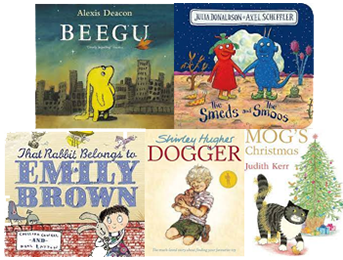
Spring
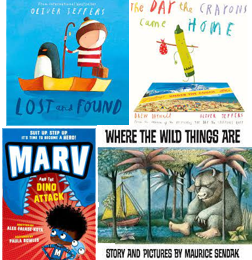
Summer
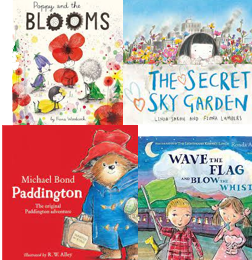
Year 2
Autumn
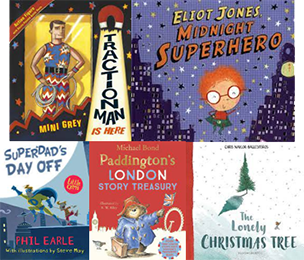
Spring

Summer

Year 3
Autumn

Spring

Summer

Year 4
Autumn

Spring

Summer

Year 5
Autumn
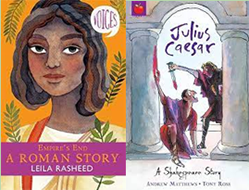
Spring

Summer

Year 6
Autumn

Spring
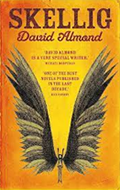
Summer


